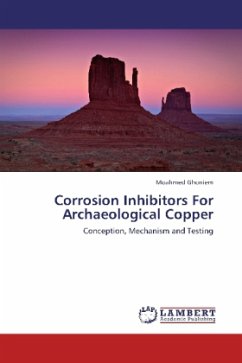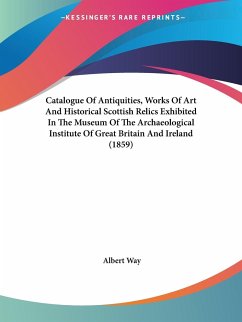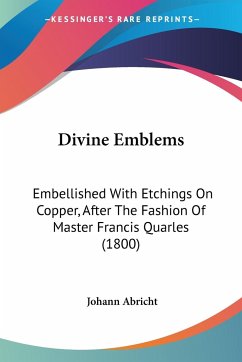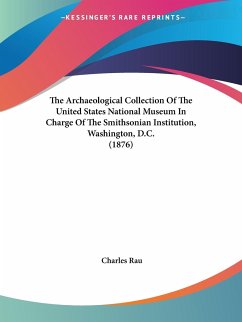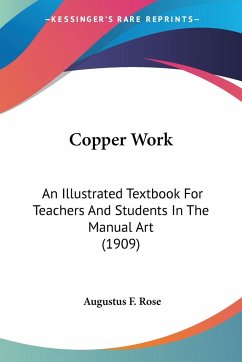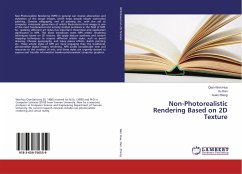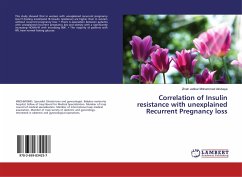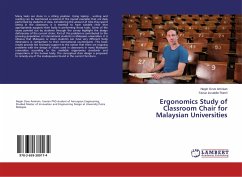Copper is amongst the earliest metals known to the man, having been used from prehistoric times. In archaeological environments, corrosion of copper is extremely variable and complex, and after excavation copper remains susceptible to corrosion. The possibility of Effective inhibitors use has attracted a certain amount of interest. However, there is one inhibitor in general use in conservation for stabilization of copper and copper alloys artifacts, this inhibitors is Benzotriazole. Other inhibitors were tested for using in the inhibition of copper and copper alloys such as; 2-Aminopyrimidine (AP), 2-Mercaptobenzotriazole (MBT), 2-amino-5-mercapto- 1,3,4-thiadiazole (AMT), Tolytriazole (TT) and Sodium Meta Silicate. In this study, a group of new industrial and pre-tested corrosion inhibitors imparted to pre-corroded and corroded copper samples using aggressive testing method. They were tested by a quantitative corrosion testing procedure that developed with the aim of calculatingcorrosion protection in percent so as to use the best in conservation.
Bitte wählen Sie Ihr Anliegen aus.
Rechnungen
Retourenschein anfordern
Bestellstatus
Storno

